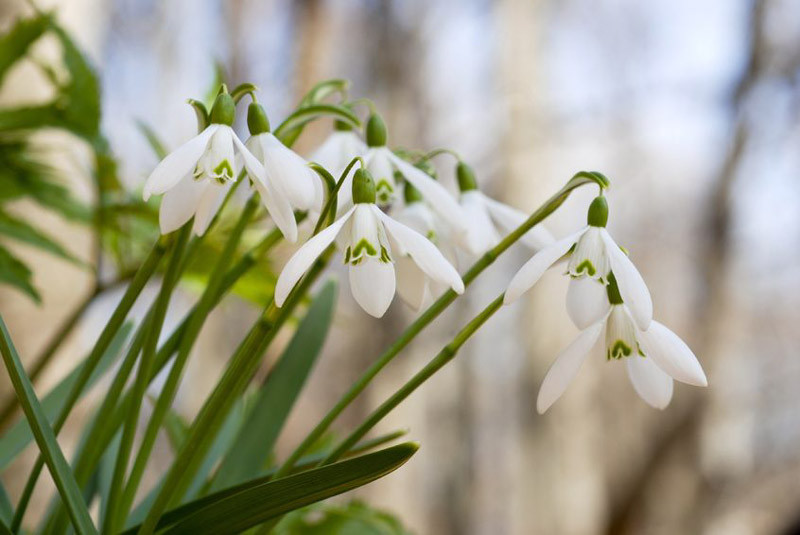Early Spring - Expert Tips for Gardening Success
In early spring, your garden begins to wake from its winter slumber. Here are some expert tips to ensure you make the most of this crucial gardening period:
- Prep Your Tools: Clean, sharpen, and repair your gardening tools. Starting the season with ready-to-go tools can make your work more efficient.
- Tidy Up: Remove winter mulch, and rake up any fallen leaves and debris. This not only cleans your garden but also exposes pests that have been hiding during the winter.
- Test Soil: Spring is an excellent time to test your soil for pH and nutrient levels. This will guide your fertilization plans for the upcoming season.
- Prune: Prune summer-flowering shrubs like roses before bud break, but hold off on spring bloomers, as you could cut off future flowers.
- Plan and Plant: Plan your garden layout considering plant growth and spacing needs. Start planting hardy annuals, and transplant any shrubs or perennials that need moving.
- Prevent Pests: Apply dormant spray to fruit trees, shrubs, and vines to tackle any overwintering pests before they become active.
- Start Seeds: Start seeds indoors for summer flowering plants. By the time the danger of frost is over, they’ll be ready for transplanting.
- Feed Your Garden: Begin fertilizing when plants show signs of new growth. Use a balanced, slow-release fertilizer for most plants, but consult your soil test results for specific needs.
Remember, early spring care sets the stage for the growing season. Patience is vital; don’t rush to remove winter protection, and be careful not to work in the garden if the soil is too wet. Happy gardening!

